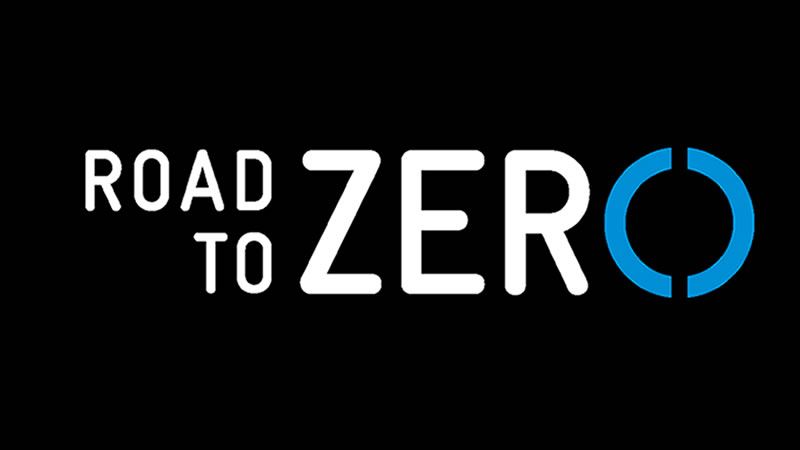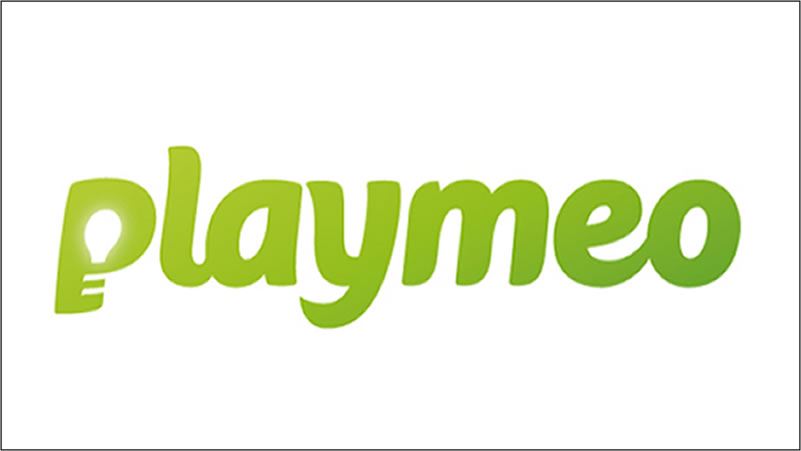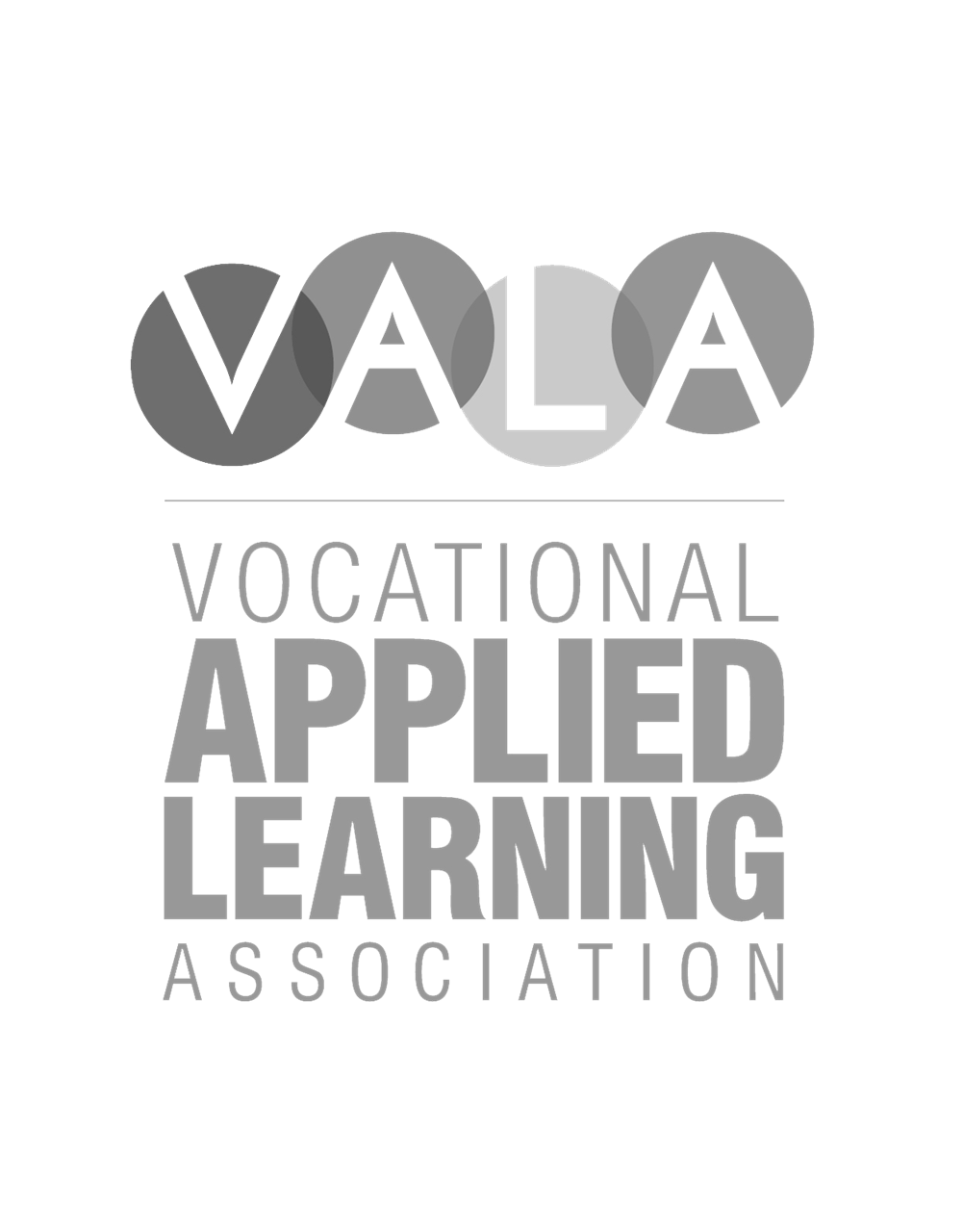What is applied learning?Applied Learning Approaches to Learning in the Vocational Major and the Victorian Pathways Certificate
Image copyright VCAA 2022 There are many elements that lead to successful learning in a vocational and applied learning course such as Victorian Certificate of Applied Learning (VCAL), and in the future the Vocational Major (VM) in the VCE and the Victorian Pathways Certificate (VPC). The term ‘Applied Learning’ is a catch all for these elements, but to be fully understood it is useful to break the term down into components. In this way teachers can have a clearer understanding of what is required to nurture a student to thrive in Applied Learning. Applied learning involves students engaging in authentic and motivating learning experiences. It is a method of learning where theoretical information comes to life for students when in a real-world context that relates directly to their own future, is within their own control and is within an environment where they feel safe and respected. Students' knowledge grows and expands as they take action to learn, reflect on that action and plan how to do it better next time. More information on each pillar of the Approach to Applied Learning Prefacing the introduction of the VCE-VM and VPC certificates, Applied Learning teaching and learning pedagogy was embedded in the delivery and assessment of the Victorian Certificate of Applied Learning according to the following description and Principles of Applied Learning: “Applied learning is a teaching and learning pedagogy applicable to all education levels and content areas. Applied learning is an approach, which emphasises the relevance of what is being learnt to the ‘real world’; the world outside ‘the classroom’, and makes that connection as immediate and transparent as possible. Partly as a result of this, applied learning involves students and their teachers in partnerships and connections with organisations and individuals outside school. Applied learning is concerned with nurturing and working with a student in a holistic manner, taking into account their personal strengths, interests, goals and previous experiences. It also means taking into account differences in preferred learning styles, and ways of learning. Applied learning acknowledges that part of the transition from school to work is being treated as an adult, and that moving students out of the classroom to learn also means helping them to make a shift to become more independent and responsible for their own learning. Applied learning also places equal importance on both theory and application, where the link between them is provided by the context. Thus the theoretical understandings and knowledge required to complete a task will be drawn out from the context, which also provides the opportunity to use and apply what has been learnt.” (VCAA, 2006) Principles of Applied Learning: 1. Start where learners are at . 2. Negotiate the curriculum. Engage in a dialogue with learners about their curriculum. 3. Share knowledge. Recognise the knowledge learners bring to the learning environment. 4. Connect with communities and real life experiences. 5. Build resilience, confidence and self worth – consider the whole person. 6. Integrate learning – the whole task and the whole person. In life we use a range of skills and knowledge. Learning should reflect the integration that occurs in real life tasks. 7. Promote diversity of learning styles and methods. Everyone learns differently. Accept that different learning styles require different learning/teaching methods. But value experiential, practical and ‘hands on’ ways of learning. 8. Assess appropriately. Use the assessment method that best ‘fits’ the learning content and context. |
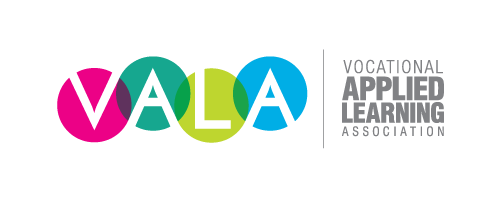
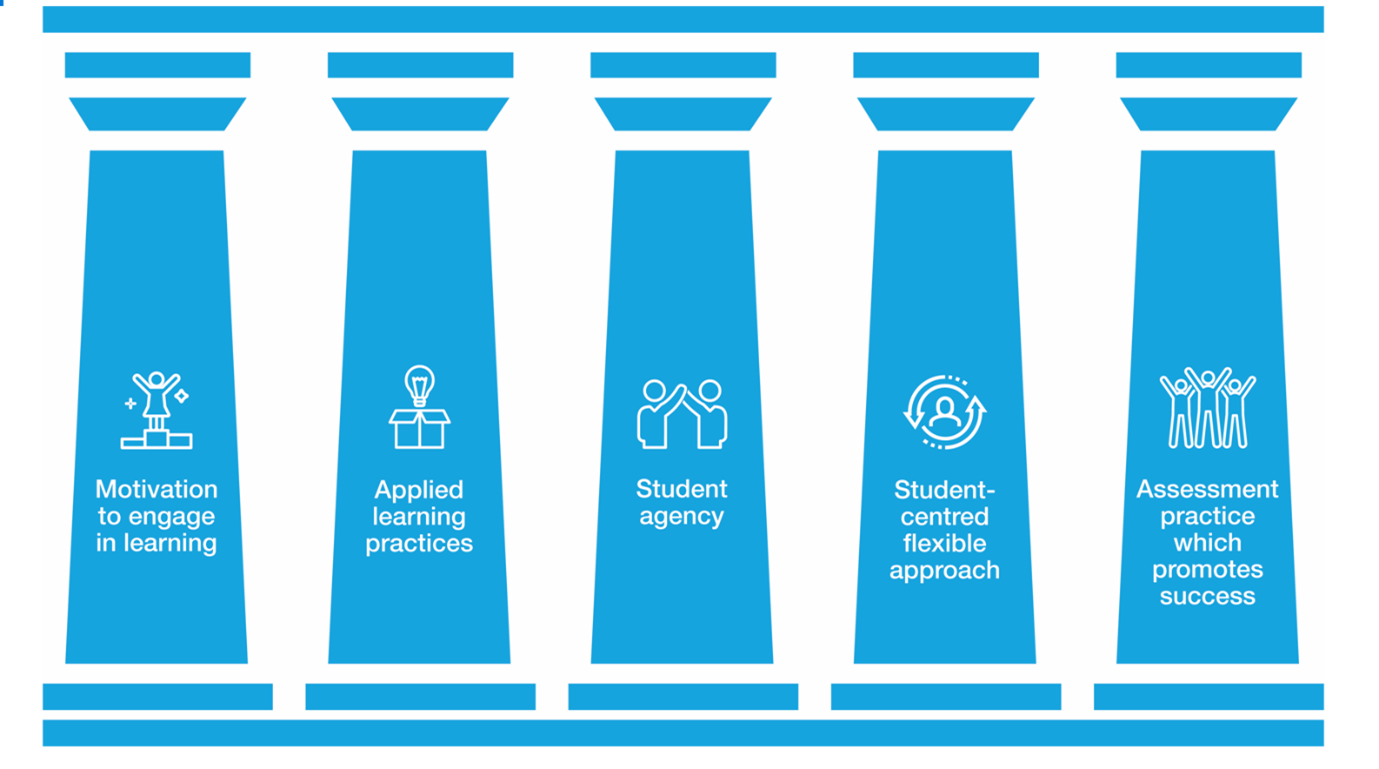
%20(1).png)
